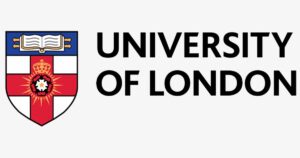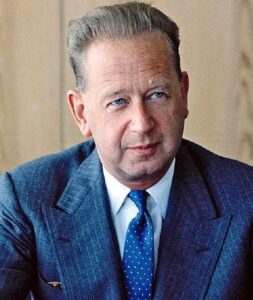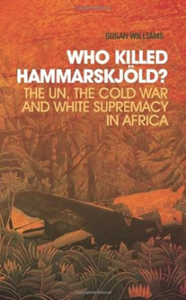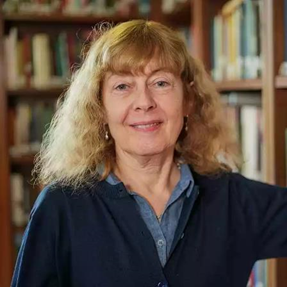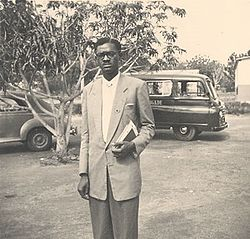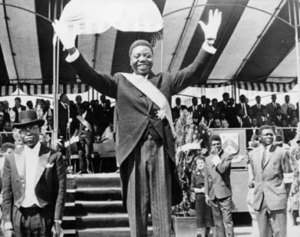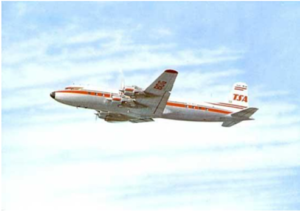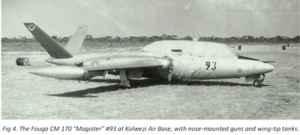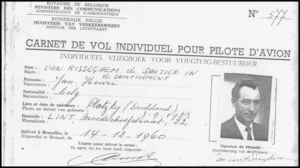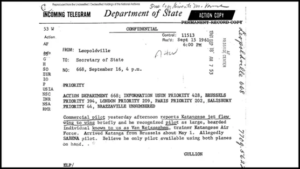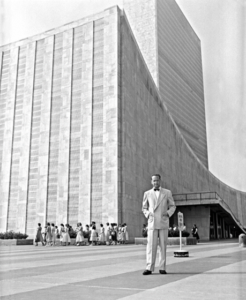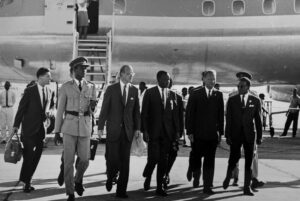Press release: for immediate release
UK and US accused of obstruction in UN inquiry on Dag Hammarskjöld plane crash
Allegations that the UK and US are obstructing a United Nations investigation into the 1961 plane crash that killed UN Secretary-General Dag Hammarskjöld and fifteen others has sparked renewed demands for accountability and transparency.
At a conference held in London on 29 February 2024, followed worldwide online, leading experts accused the US and UK of major obstructions to the ongoing UN investigation into the crash and agreed that the mandate must be extended. Lord Boateng, former UK high commissioner to South Africa, in closing the conference, stated that there must be no hiding place for murderers.
Susan Williams’s book “Who Killed Hammarskjöld?” and recommendations from a group of eminent jurists in 2013 prompted the UN to reopen its inquiry, appointing Justice Mohamed Chande Othman to lead investigations. There is consensus that the plane crash was not an accident or caused by pilot error. Recognising the likelihood of key information held in member states’ intelligence and security archives, Justice Othman requested independent officials be appointed to conduct thorough searches. While Belgium, Sweden, and Zimbabwe demonstrated serious efforts, the US and UK responses were wholly inadequate and showed contempt for the UN inquiry.
Despite overwhelming support for Justice Othman’s mandate within the UN General Assembly, the UK and US have consistently declined to co-sponsor further resolutions for renewal. This underscores the challenges faced in obtaining transparency and cooperation from key UN Member States.
In contrast, firm support was demonstrated by the presence of the Zambian High Commissioner to the UK, Ms Macenje Mazoka, and others from the global south, especially from Africa, including the Archbishop of Cape Town, Most Revd Thabo Makgoba. This highlights the dividing line in current geopolitics: Efforts to uncover the truth are hindered by insufficient cooperation and transparency from the US and UK, both permanent members of the Security Council, while the Global South is among the 142 UN Member States in support of the investigations. Yet, the persistence of Justice Othman and the growing support from independent investigators signal a commitment to uncovering the truth behind this historic tragedy.
Lord Boateng said “The work must continue because it is part of a wider struggle to support democracy, the international rule of law, and the UN, all under increasing threat. There must be no stone unturned to get at the truth. The suspected murder of a UN Secretary General is a crime too grave to be obliterated by time.”
Professor Kingsley Abbott, Director of the Institute of Commonwealth Studies, said: “It is unfortunate that the apparent killing of a United Nations Secretary General has revealed yet another example of the Global North – South divide”.
The conference was organised by the Institute of Commonwealth Studies at the School of Advanced Study, University of London and the Westminster United Nations Association.
Notes to editors
- For more information and interviews with the conference organisers, contact: Siobhan Pipa in the University of London press office – pipa@london.ac.uk

